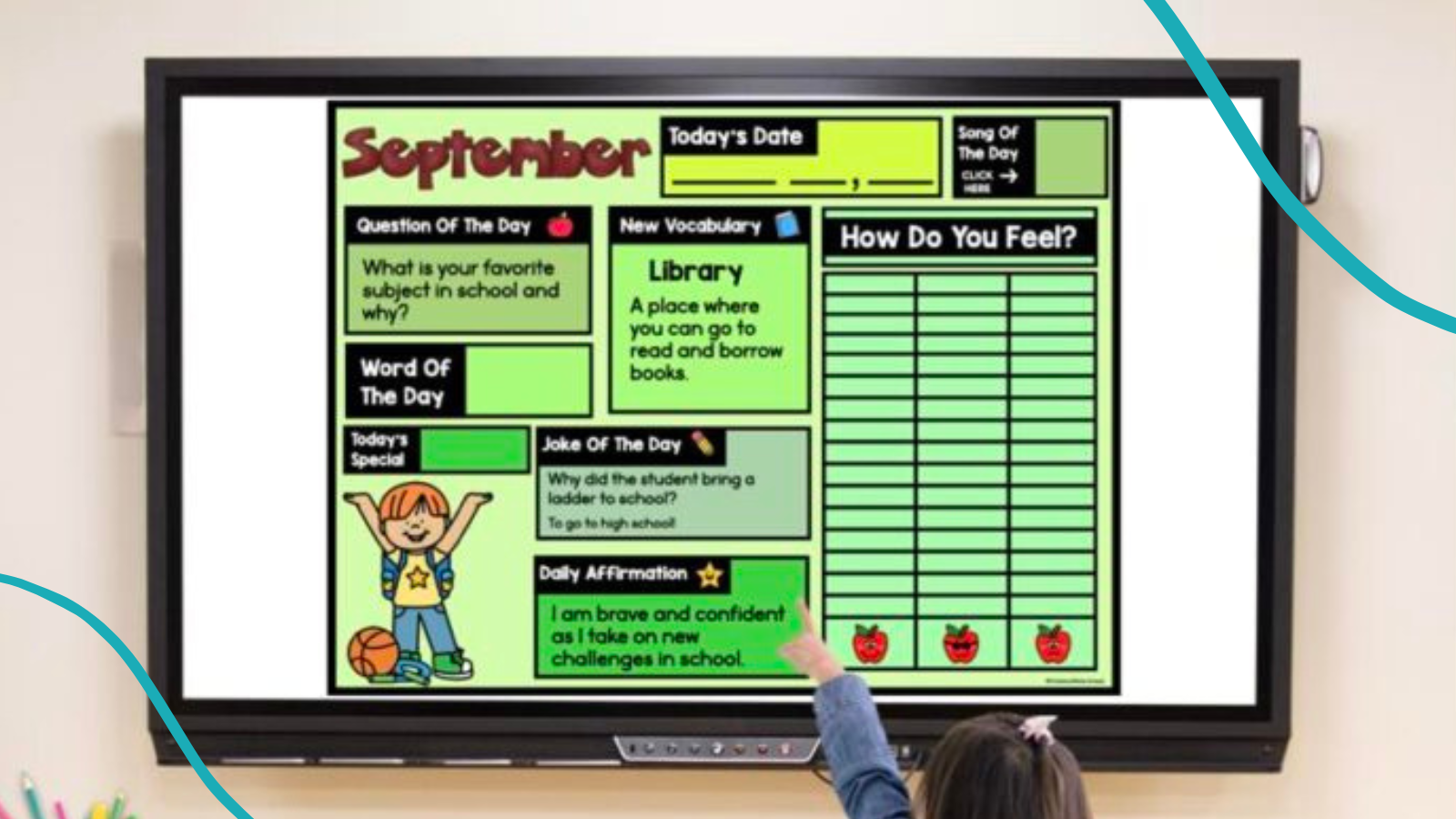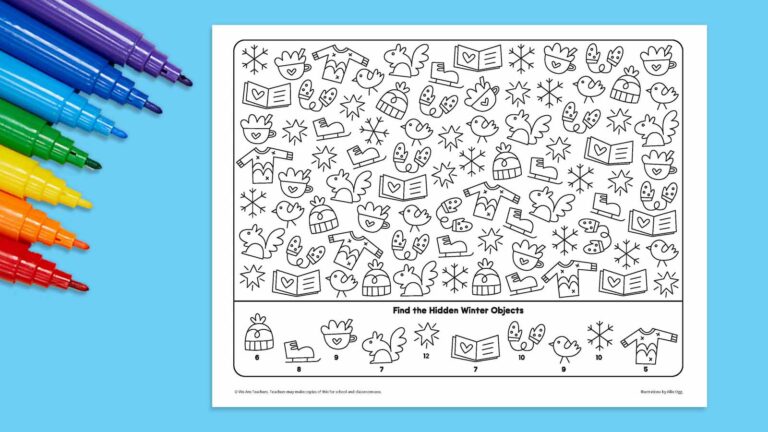Morning meetings are a classroom staple. They’re popular in elementary but are also becoming an important part of middle and high school as well. (In high school, morning meeting might happen in advisory.) Morning meeting is a way to help kids (and teachers!) focus and prepare themselves for the day of learning ahead. They also provide a chance for social-emotional learning and community building. These morning meeting activities and games offer ideas for making this time valuable and fun!
Jump to:
Morning Meeting Activities
Most of these activities can be adjusted to work with younger and older students. Some are quick, while others might need to be spread out over several meetings, but they’re all engaging and fun!
1. Get to know students with a survey
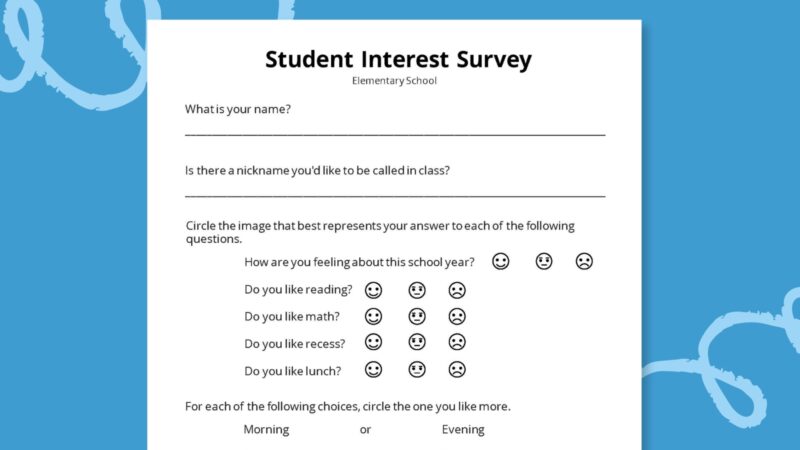
Early in the year, or whenever you start morning meeting, have students take a survey so you know more about them and can plan future morning meeting activities based on their interests.
Get it: Student Interest Survey Printable
2. Sing a welcome song
Little ones love a greeting song, and having a familiar morning meeting song can be a calming ritual for many young students.
Learn more: 23 Welcome Songs To Start Your Day
3. Post a morning message
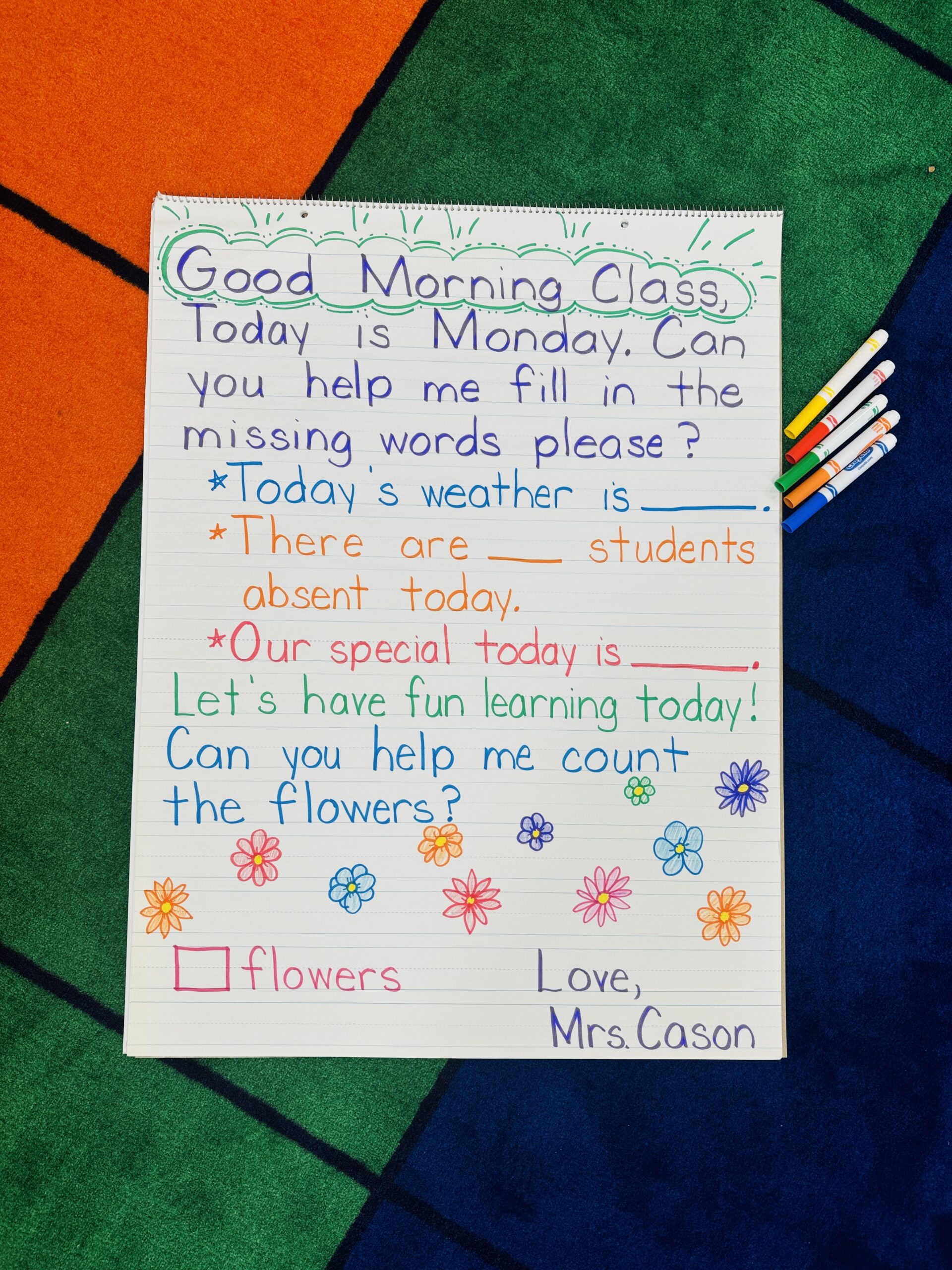
Morning messages give kids an idea of what to expect that day. They can read it while they settle in for the day and respond to any prompts you offer.
Learn more: Morning Message Ideas
4. Write in a journal
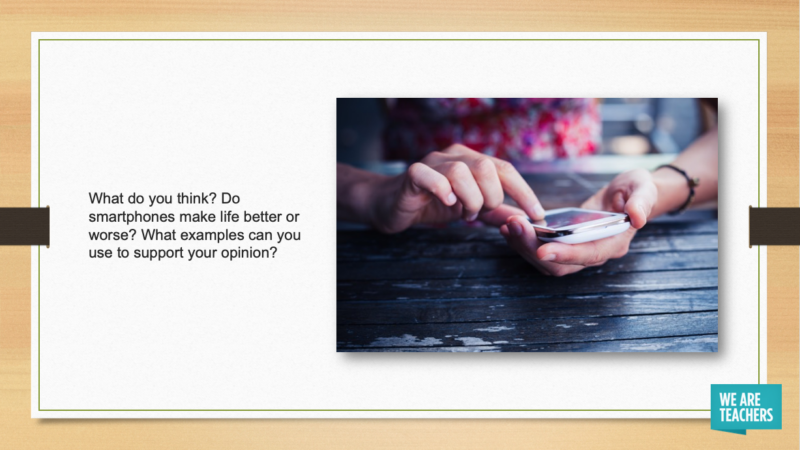
Journaling helps put students (and adults) in a good frame of mind. It boasts tons of other benefits too, such as improving mood, regulating emotions, and building self-confidence. Add journaling to morning meeting to help students get their thoughts on paper before they start a day of learning.
Learn more: Benefits of Journaling and Creative Writing Prompts
5. Hold a “fun book” club
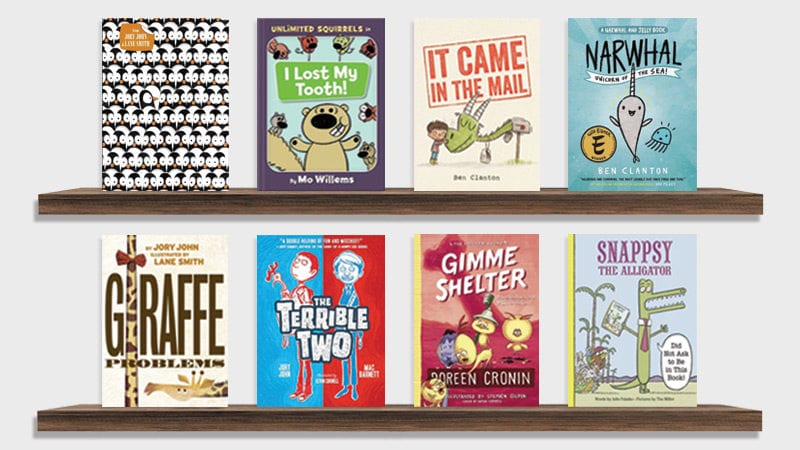
Choose a light-reading book to read together as a class, and discuss it during morning meeting. If you don’t want to add more reading to kids’ schedules, use audiobooks instead. Listen to a few minutes of the book, then talk about the latest events. Don’t focus too heavily on reading comprehension or reading strategies. Instead, make this time about reading for fun.
Learn more: Books To Make Students LOL
6. Listen to a podcast
Podcasts are a low-key way to learn about something new, with endless options available. Give your class a selection of options, and let them vote to choose which one to listen to next. Switch up the subjects regularly so every student’s interests get a chance to shine.
Learn more: Best Podcasts for Kids
7. Start the day with a question
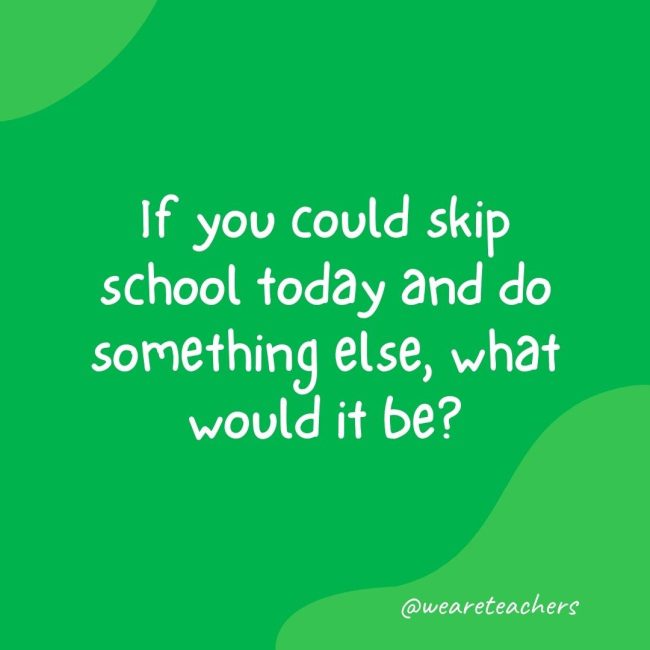
Morning meeting questions can be used as a turn-and-talk, whole-class discussion, or journal prompt. Keep a record of student responses by having students write their ideas on sticky notes and post them on an ongoing morning meeting bulletin board.
Learn more: 200+ Morning Meeting Questions
8. Set up a share chair

Morning meeting activities are an ideal time to develop sharing and listening skills. Set up a “share chair.” One student sits in the share chair and shares their ideas, feelings, or thoughts for the day. The rest of the class practices active listening.
9. Put the teacher in the hot seat

Kids love a chance to get to know their teacher better. Take your own turn at sharing, and use it as a chance to connect with your students. Have students create questions they want to ask you, then put the questions in a bowl and draw one each time you’re in the hot seat.
To facilitate a hot seat that’s just the right amount of sharing, prepare questions that you’re comfortable answering and that will help students connect with you. For example:
- What is your favorite hobby/food/movie?
- Where did you grow up?
- What is your favorite memory from school or from the grade you teach?
- What is your favorite part of being a teacher?
- What is the best vacation you ever took?
- What did you do last weekend?
- What is your favorite/least favorite book you read in school?
- How many siblings do you have? What did you like about having/not having siblings growing up?
10. Review the calendar
Calendar time is one of those traditional morning meeting activities for the younger crowd. Review the weather, talk about the days of the week, and even get some counting practice.
Learn more: Best Interactive Calendars
11. Morning meeting slides
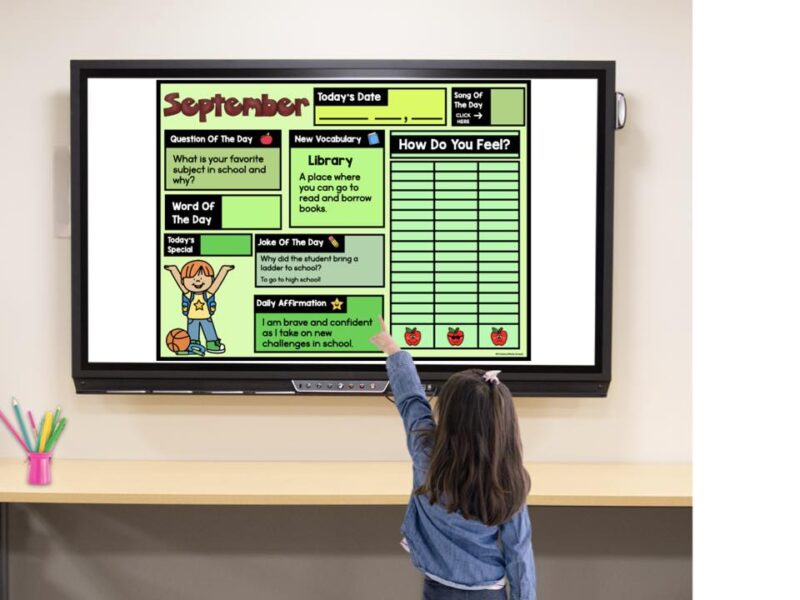
Molly Schwab, a first grade teacher, recommends leading students through a daily morning slide. “Our daily morning meeting slides take about 15 minutes each day. We have a question of the day, a morning greeting song, joke of the day, and daily affirmation. These slides help us build classroom community in a quick 15-minute daily meeting!”
12. Do something kind
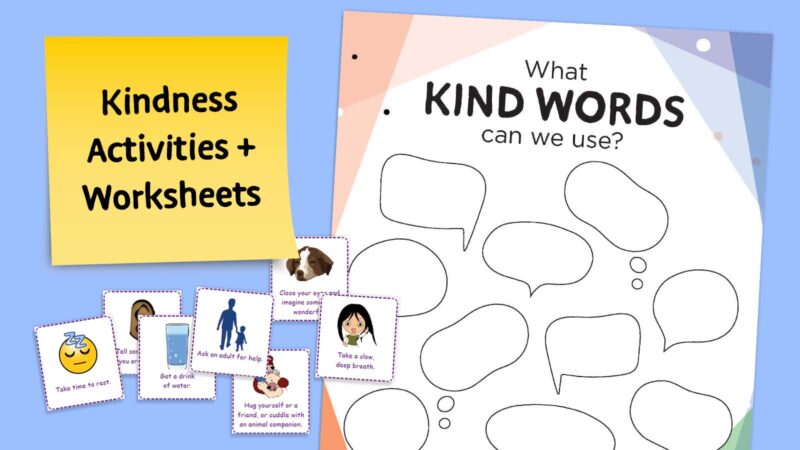
Morning meeting activities are a terrific time to work in some social-emotional learning. Consider making one meeting each week a time to focus on kindness. Kids can spend the time sharing something kind they’ve done for someone else, write compliment notes, or make a kindness paper chain.
Learn more: Activities To Nurture Kindness in Students
13. Practice meaningful gratitude

When you start your day by being thankful for something (big or small), you’re likely to find more ways to be grateful all day long. Ask kids to make a group list of things they’re thankful for, or reflect on gratitude in their own journals.
Learn more: Gratitude Activities for Your Class
14. Take a virtual field trip
Virtual field trips let you visit faraway places in just a few clicks. Plus, you can spend as much or as little time on them as you have available in one meeting, or you can spend a whole week visiting an aquarium or historical monument.
Learn more: Amazing Educational Virtual Field Trips
15. Try a STEM challenge
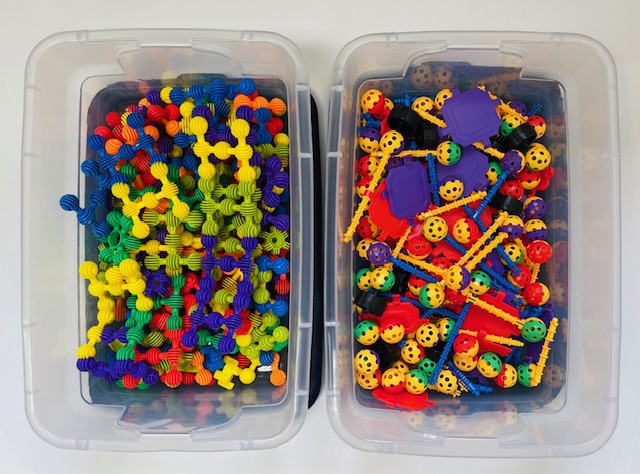
STEM challenges get kids thinking creatively, and they make terrific cooperative morning meeting activities. Start with these fun STEM bins that have quick STEM activities for kids to do, perfect for a morning meeting.
Learn more: STEM Activities for Kids of All Ages
16. Meditation
Start the day with 5 to 10 minutes of meditation. Have students sit or lie down and listen to a meditation video or podcast, or play calming music. Another way to incorporate meditation is to provide students with paper and crayons or pencils and have them draw along with calming music.
Read more: How To Use Meditation To Improve Student Performance
17. Mindful coloring
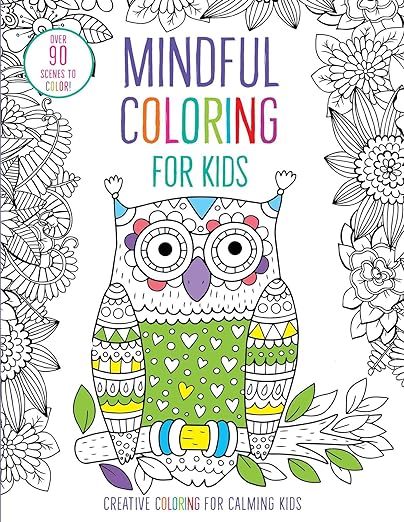
Great for those days that start, well, high energy, mindful coloring involves choosing a coloring sheet and getting to work.
Buy it: Mindful Coloring Book for Kids
18. Work on a collaborative art project

Creating art together gives students a sense of pride and produces a wonderful visual of your time together. Working on a collaborative art project encourages cooperation and gives students a chance to see how they can create something big when working a little bit each day.
Learn more: 50 Collaborative Art Projects
19. Make a craft
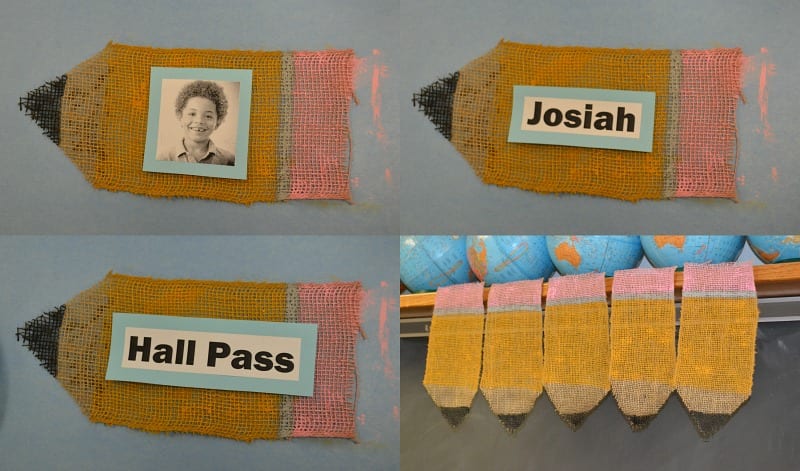
Another creative way to start the day! Make a craft that can be completed in one session, or work on a craft project that takes a few days or even a week to finish. One idea: Start the day with this burlap pencil craft.
Here are more of our favorite craft ideas:
- Summer Crafts for Kids
- Fall Crafts and Art Projects
- Name Crafts and Activities
- DIY Fidgets That Are Easy To Make
20. Do some directed drawing

Everyone can be an artist! Guide students through some directed drawing, like this one of how to draw a cat. Once students have drawn the directed portion, they can add their own artistic flair.
Also check out:
21. Get up and move with GoNoodle
GoNoodle has dances and activities that kids and teachers love. Use these videos to release some energy and inject some silliness into a serious morning.
Learn more: Teachers’ Favorite GoNoodle Videos
22. Would you rather?
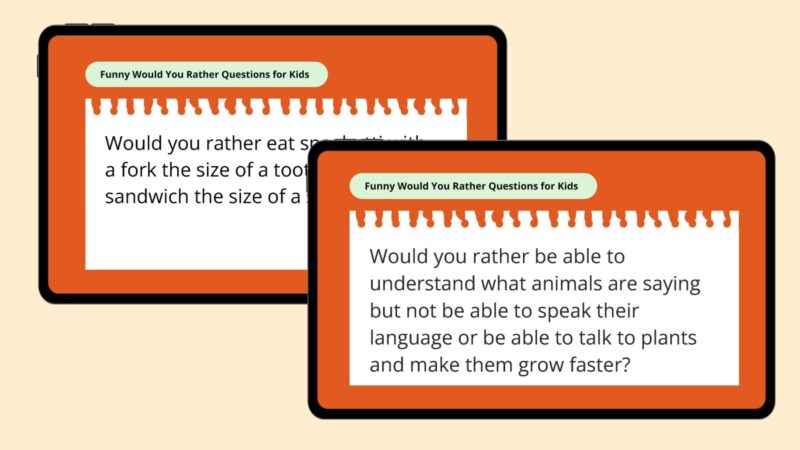
A great way to start the morning is with a Would You Rather question. These questions offer two options to think about and are just open-ended enough to get students’ wheels spinning and create some amusing conversations.
Check out 250+ Would You Rather Questions for Kids
23. Seek and find

Have students work as a class or in small groups to find all the images in a seek-and-find. If students need some quiet time, they can work on their own too. Seek-and-finds develop visual tracking skills, attention to detail, and collaboration when students work together.
Try it: Free Winter Seek-and-Find Printable
Morning Meeting Games
Play these games to help kids get to know each other or learn to work cooperatively. Encourage everyone to participate, and ensure they all get a chance to lead too.
24. Fingertip Hula-Hoop
In this game, students stand in a circle and raise their arms with only their index fingers extended. Place a Hula-Hoop so that it rests on the tips of their fingers. Tell the students they must maintain a fingertip on the Hula-Hoop at all times, but they are not allowed to hook their finger around it or otherwise hold the hoop; the hoop must simply rest on the tips of their fingers. The challenge is to lower the hoop to the ground without dropping it. Bonus points if they can do it without talking!
25. Line it up
Tell students they’re going to line up in order of height (or birthday month and day, alphabetically by middle name, or any way you choose). The trick is, they can’t talk while they’re doing it! They’ll need to figure out other ways to communicate. It’s interesting to see what they come up with.
26. Common thread
Divide students into groups of four and have them sit together in these small groups. Give each group two minutes to chat among themselves and find something they all have in common. It could be that they all play soccer, or pizza is their favorite dinner, or they each have a kitten. Whatever the common thread, the conversation will help them get to know one another better. Check in with the groups after two minutes to see if they need more time. Then switch up the groups and repeat.
27. Hula-Hoop Pass
This one’s best for smaller kids, but it’s lots of fun. Kids hold hands and try to pass a Hula-Hoop around the circle, stepping through it without breaking their hold. (Remember to be conscious of those with physical limitations if you try this one.)
28. Mingle, Mingle Group
This activity is good for encouraging kids to mix it up. Students mill about the room saying, in a quiet voice, “Mingle, mingle, mingle.” Then, you call out a group size, for example, groups of three. Students must break into groups of that size. The goal is to form different groups of individuals every time. If a person tries to join a group with whom they have already partnered, they must find a different group. After a few rounds, the process may take a bit of rearranging!
29. This or That
In this game, you call out two categories and students must sort themselves into one or the other. So, if you call out “hotdogs or hamburgers,” students must choose a side. You can use categories that help you get to know students (like “home lunch or school lunch” or “walker or car rider”) or use categories that align with what you’ve been working on in class (Charlotte or Wilbur, fiction or nonfiction).
30. Tackle the task list

This activity helps students negotiate and work together toward a common goal. Make a list of tasks, assigning a point value for each job. For example: Do 25 jumping jacks (5 points); make up a (kind) nickname for each member of the class (5 points); get every person in the class to sign a piece of paper (15 points); form a conga line and conga from one end of the room to the other (5 points, 10 bonus points if anyone joins you); etc. Make sure you list enough tasks to take up more than 10 minutes. Divide your students into groups of five or six and give them 10 minutes to collect as many points as they can by deciding which tasks from the list to perform.
31. Guess the picture

Have a student come to the front of the class and tell them what to draw. It could be a noun, a character from a book you’re reading, a science term, or a math vocabulary word. Then, the student draws it and the rest of the class guesses the picture. This can also be played as a team, and you can play rounds each morning to keep the competition going. Get more drawing activities and games here.
32. Scavenger hunt
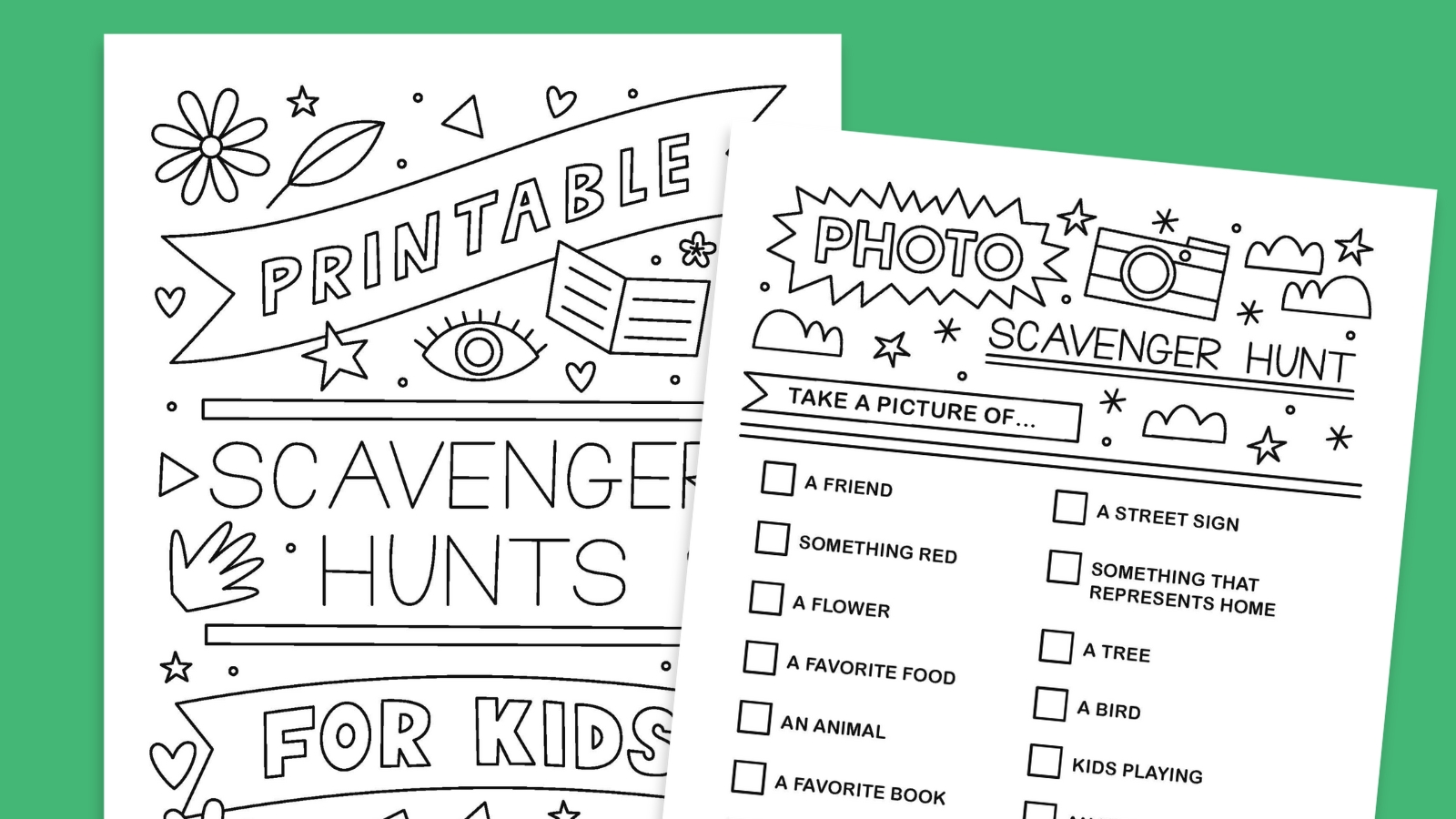
Scavenger hunts are a great way for kids to work together and build observation and writing skills.
Try it: Free Printable Scavenger Hunt Bundle
33. Creative solutions
Pick four or more different objects, such as a coffee can, a potato peeler, a knit hat, and a book. Split students into even teams. Now present a situation where each team has to solve a problem using only those objects. These scenarios can be anything from “students are stranded on a desert island and must find a way to get off or survive” to “students must save the world from Godzilla” and beyond. Give the teams five minutes to figure out an original solution to the scenario, including ranking each object based on its usefulness. When the five minutes are up, have each team present their solution along with their reasoning to the class. (Tip: Don’t make the scenarios so easy that it is obvious which objects will be most useful.)
34. Do an improv set
Give students a scene, characters, and a problem, and let their inner thespians out. Students who love to act will love warming up their dramatic skills in the morning. Students who aren’t as comfortable onstage can come up with ideas for scenes or be part of the audience.
35. Group juggle
Have a supply of small plastic balls at the ready and have students circle up. Start by tossing one ball from person to person in the circle. After a minute, add in another ball. Instruct students to mindfully toss the ball, avoiding a collision. After another minute, add in another ball. Continue adding in balls each minute to see how many balls your students can successfully juggle.
36. Mystery bag
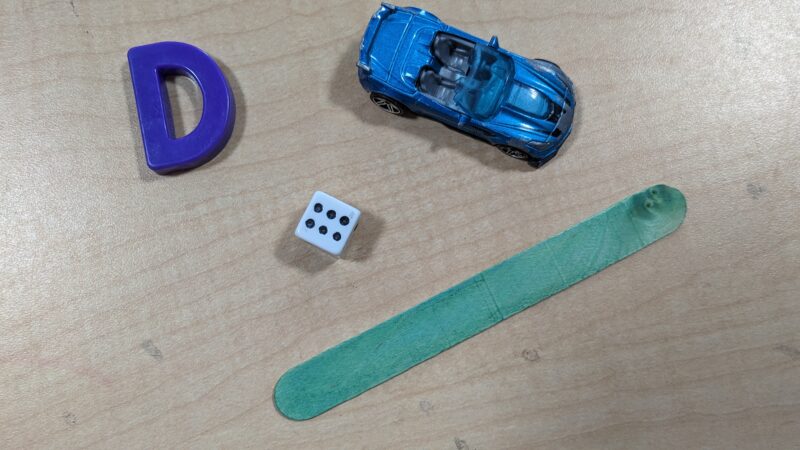
Use a bag (the sillier or fancier the better) and objects that students can identify by touch (a di, a small car, a Popsicle stick, magnetic letters, etc.). Have a student come up and try to identify the object using only their sense of touch. To add excitement, have the student describe the object to the rest of the class, while they write down their guesses/ideas, so everyone has a chance to “win.”
37. Storytelling

Start with a storytelling prompt, then have each student add a little bit (a sentence or phrase) to continue the story.
Learn more: Kindergarten-Friendly Storytelling Prompts
Learn more: Free Short Story Generators
38. Categories
Choose a category (e.g., school, vacation, the beach, Harry Potter). Then, go around the room and have each student say a word that belongs in that category. Make it harder by assigning a letter (each word has to start with R, for example). This is a great way to start or wrap up a morning meeting.
39. Four corners
Label the four corners of your classroom with paper signs reading “Strongly Agree,” “Agree,” “Disagree,” and “Strongly Disagree.” Students begin seated at their desks. Call out a statement such as “Math is my favorite subject in school” or “Cats are better than dogs.” Students get up and move to the corner that best represents their opinion on the topic. This is a great activity for students to see what opinions they have in common with their classmates.
40. Never Have I Ever
Have your students sit in a circle and hold up both hands in front of them, spreading all 10 fingers. Read one of the statements from this list of elementary-appropriate Never Have I Ever questions. If students have done what the statement says, they put one finger down. For example, if the statement is “Never have I ever seen a shooting star,” you would fold down one finger if you HAD seen a shooting star. At the end of the game, the person/people with the most fingers still standing win.
41. Talk-It-Out Basketball
Combine sports with some SEL sharing in this fun game. Post a question on a basketball hoop and have students shoot baskets. If they make the basket, they need to answer the question.
Use these SEL questions for middle and high schoolers or use these questions of the day for elementary schoolers.
What are your favorite morning meeting activities? Come share your ideas in the We Are Teachers HELPLINE group on Facebook!
Plus, check out these Zones of Regulation Activities To Help Kids Manage Their Emotions.

